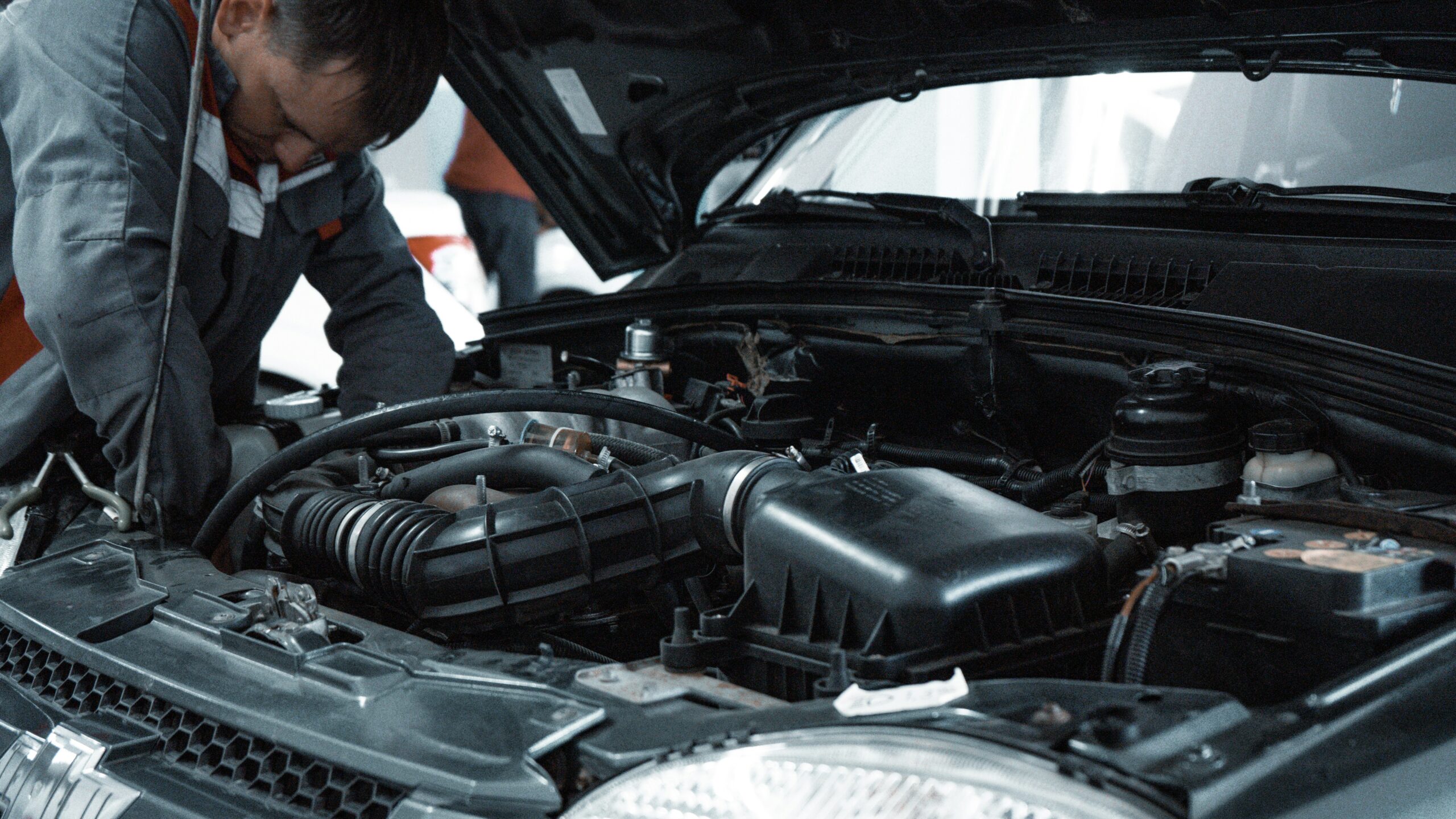Question: How do I clean the idle air control valve in my car without removing it?
Answer: Here’s how to clean your idle air control (IAC) valve without removing it. First, gather the proper tools. You’ll need:
- Gloves and safety glasses
- Throttle body cleaner
- A small, soft-bristled brush or toothbrush
- A screwdriver
Now that you’ve gathered your materials, here’s a step-by-step guide:
- Start with the engine off and cool.
- Disconnect the battery. This prevents accidental electrical shorts and ensures your safety while working.
- Locate the throttle body, typically connected to the air intake hose near the top of the engine.
- To access the IAC valve, remove the air filter box by disconnecting the clamps holding the air duct to the throttle body.
- Looking at the throttle body, locate the small opening in front of the throttle plate—this is the idle air control valve passage. Be very careful to not touch or move the throttle body plate with your fingers. Doing so could ruin the calibration, leading to necessary replacement.
- Spray throttle body cleaner into the IAC valve passage and clean it using a soft brush.
- Reassemble everything and reconnect the battery.
How much does it cost to clean your idle air control valve?
If you do it yourself, cleaning your IAC valve costs very little. A can of throttle body cleaner costs between $6 and $10, depending on where you shop, and you can pick up a cheap disposable toothbrush for just over a dollar.
What is an idle air control valve?
The IAC valve controls your engine’s idle speed by regulating the air entering the engine when your car is running but stationary. It works with your vehicle’s computer, adjusting to demands from components like the AC or power steering to ensure smooth idling and acceleration.
Located near the throttle body, the IAC valve plays a crucial role in maintaining performance and efficiency by balancing the air-fuel ratio. When it fails, you’ll quickly notice issues with idling and acceleration.
How often should I clean my IAC valve?
You should clean your IAC valve every 30,000 to 50,000 miles. You should also include regular inspections in your routine maintenance schedule to ensure any issues are identified before they can become costly problems.
How can I tell if my IAC is going bad?
If your IAC is clogged or failing, you should quickly be able to notice. Here are some of the most common symptoms of a bad idle air control valve:
- Check Engine light: The engine control module may trigger this if it detects IAC valve issues.
- Poor performance: Loss of power or misfiring when accelerating might indicate an IAC valve problem.
- Hard engine starts: A bad IAC valve can make starting your car difficult, especially in cold weather.
- Irregular or fluctuating idle speed: If your engine’s idle speed is all over the place, with the tachometer bouncing and the engine sputtering, it could be an IAC valve issue.
- Engine stalling: Stalling when stopped or idling could mean the IAC valve isn’t regulating airflow properly.

Sarah Gray is an insurance writer with nearly a decade of experience in publishing and writing. Sarah specializes in writing articles that educate car owners and buyers on the full scope of car ownership—from shopping for and buying a new car to scrapping one that’s breathed its last and everything in between. Sarah has authored over 1,500 articles for Jerry on topics ranging from first-time buyer programs to how to get a salvage title for a totaled car. Prior to Jerry, Sarah was a full-time professor of English literature and composition with multiple academic writing publications.

Everett Cook is an award-winning journalist and editor with more than 10 years of experience across a variety of industries. In editing for Jerry, Everett’s mission is to help readers have a better understanding of the costs of owning or leasing a car and to better understand their vehicle in terms of insurance and repairs. Prior to joining Jerry, Everett was an editor for Axios. His previous work has been featured in The New York Times, The Los Angeles Times, The San Francisco Chronicle, The Atlantic, Atlantic Re:think, The Boston Globe, USA Today, and others. He’s also been a freelance writer and editor with experience in SEO, audience building, and long-term content roadmaps. Everett is a proud graduate of the University of Michigan.








